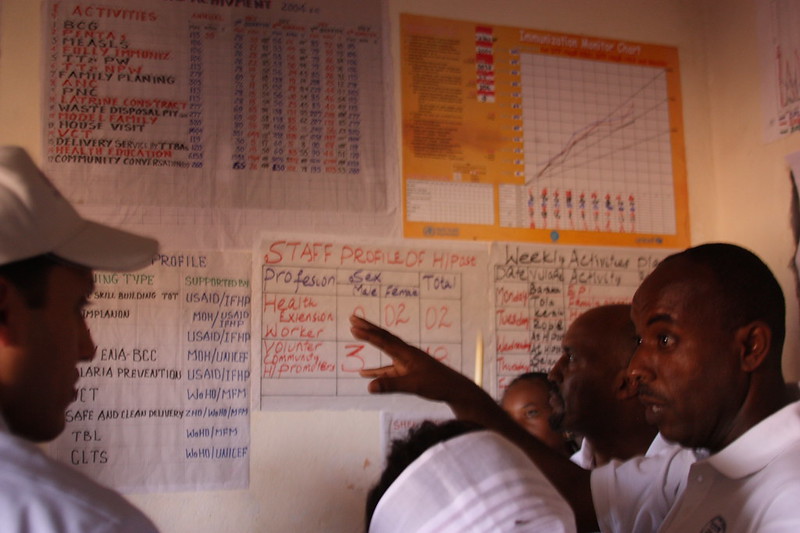This is a joint post with Jenny Ottenhoff.
The Global Fund to Fight AIDS, Tuberculosis, and Malaria recently announced an ambitious goal of raising $15 billion in its fourth replenishment later this year, of which they hope the United States will contribute one-third ($5 billion, or $1.65 billion a year for three years). So I was interested to see these two sentences tucked into the White House’s 2014 budget request:
"The U.S. Government is committed to the ongoing effort to increase the efficiency, effectiveness, accountability, and transparency of the Global Fund's management of its resources. In recognition of the Global Fund to Fight AIDS, Tuberculosis, and Malaria’s key role as a multilateral partner and its progress in instituting reforms, the Budget provides $1.65 billion to leverage pledges from other donors and accelerates progress against these three diseases."
This budget request demonstrates a strong and well-timed endorsement of the Global Fund in advance of the replenishment, and will hopefully leverage similarly strong pledges from other donors. These pledges determine the amount of funding that will be available to Global Fund grant recipients for the next three years.
But after a year of upheaval and reform at the Global Fund, the rhetoric in President Obama’s budget request is much more than just a dollar figure. It signals a high level of confidence and expectation (from the Global Fund’s largest donor, no less) that the institution will realize the potential gains from recent reforms, and indeed “increase the efficiency, effectiveness, accountability, and transparency” of their funding.
Current reforms – which include a strengthened fiduciary and financial system, and a new funding model designed to improve the process for grant proposal and allocation of resources between countries – may make gains in some of these areas once tried and tested. But if the Global Fund and its partners don’t build on current efforts in the next few years, they may fall short of ensuring that donor funds are indeed used as effectively and efficiently as possible.
So I hope Global Fund leadership will stop short of perceiving the US FY14 budget request and other donor funding pledged at the upcoming replenishment a victory; rather they should consider it a half-time pep-talk from their most committed stakeholders.
Now more than ever, the funding that the Global Fund receives is a vote of confidence that comes with the responsibility and opportunity to use it well. A forthcoming report from CGDs working group on improving value for money among global health funders will identify ways that build on the New Funding Model and will help the Global Fund fulfill both this responsibility and opportunity. For example, we suggest the following half-time adjustments:
- Assure that most funding goes to the mix of interventions and products that will make the most difference for health.
- Create incentives for efficiency in delivery.
- Define and verify performance better.
- Connect at least a portion of funding directly to performance.
Some of these agenda items and the underlying problems are also recognized in the Global Fund’s own five-year evaluation and highlighted by a variety of prominent thinkers and practitioners on CGD’s Global Fund Forum. The Global Fund, and the donors that support them, should consider them essential to consolidating the gains made in the past year and – with hope – a key part of ultimately claiming victory in the fight against AIDS, tuberculosis and malaria.
CGD blog posts reflect the views of the authors, drawing on prior research and experience in their areas of expertise.
CGD is a nonpartisan, independent organization and does not take institutional positions.





